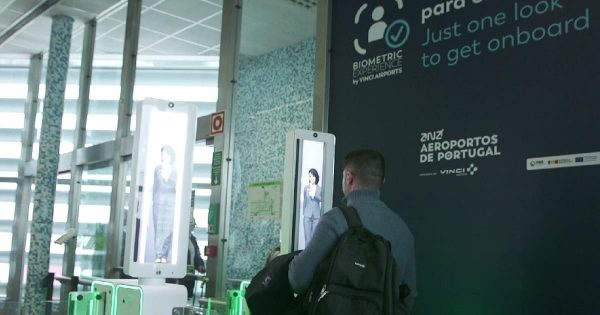Hawaii is installing thermal screening and facial recognition at public airports to identify arriving passengers with a high temperature.
Thermal temperature screening equipment is being installed now at Daniel K. Inouye International Airport (HNL), Kahului Airport (OGG), Lihue Airport (LIH), Ellison Onizuka Kona International Airport at Keahole (KOA) and Hilo International Airport (ITO).
NEC and its partner Infrared Cameras are installing the system.
The implementation is in three stages:
- Phase 1 – temperature scanners installed this month at gates currently being used for arriving trans-Pacific flights
- Phase 2 – temperature scanners installed at the remaining gates in the coming weeks
- Phase 3 – expects to have the facial recognition equipment installed by December 31, 2020

There are few details about how the technology actually works.
Temperature scanning
It seems that the thermal cameras will picture every arriving passenger.
The system will temporarily retain a picture of a person with an elevated temperature of 100.4 degrees and above. The picture will be erased within 30 minutes and will not be shared with any outside agencies.
Anyone with a temperature below 100.4 degrees will not have their image retained at all.
Facial recognition
The facial recognition system apparently only takes a picture of passengers who exceed the temperature threshold. It is so that airport staff will be able to pull them aside.
The system will not automatically have a passenger’s personal information, such as their name, address or driver license number. It will not contain information about criminal history or outstanding warrants.
BUT, what will it link to?
Supplier
NEC and Texas-based Infrared Cameras were selected with a proposal of $23.3 million for equipment and installation and a 10-year maintenance plan of $1.42 million annually for a total contract amount of $37.5 million.
The state ran a pilot in June with five companies demonstrating their technologies at Honolulu, Kailua-Kona, Hilo, Kahului and Lihue airports.
N.B. Image credits: NEC
Internet links
Hawaii Department of Transportation







